Late last year, we chronicled and compared the stark differences between the operational safety records of the different flying modes currently active in the US.
In our analysis, we focused on Part 121, which corresponds to commercial airliners in pre-scheduled charter flights, Part 135, which covers non-scheduled charter flights and Part 91, used by most private planes in personal flights across the country.
At the time of that analysis, Part 121 had an enviable operational safety record of 16 years without a multi-fatality accident in the lower 48 states. All that changed at 8:48 PM on January 29 over the Potomac River, when a military Black Hawk helicopter collided midair with an American Airlines CRJ700 regional jet killing all 67 people on board.
Three weeks later, on February 17, a Delta Airlines carrying over 80 people on board, had a crash landing at Pearson’s Airport in Toronto, Canada. Thankfully in this incident there were no fatalities and mostly non-life-threatening injuries, but the aircraft was destroyed and operations at Canada’s biggest airport were disrupted for hours.
Also, on January 20, a new federal administration took office with a clear message that they intended to cut the federal employees’ workforce substantially. These planned cuts became a reality for the FAA in mid-February when 400 employees of the federal agency were laid off.
Is the increase in commercial airliner accidents a direct consequence of the lay offs? We will never know, but the fact remains that the FAA today has less employees than a month ago and that the safety record of the National Airspace System (NAS) is no longer perfect.
So, now the question for our industry is, “Is the FAA still committed to the publication of the much-anticipated Part 108 Notice of Proposed Rulemaking (NPRM) this year?”
If we examine the history of this NPRM, the FAA Reauthorization Act of 2024 was signed by then President Biden on May 16, 2024, and that official act gave the FAA four months to publish the NPRM. Four months later, during Commercial UAV Expo in Las Vegas at the beginning of September we learned that the federal agency was going to miss that imposed deadline and instead was looking at early 2025 for the release of the NPRM.
Now here we are at the end of Q1 2025 and still no news from the FAA regarding the document that will launch the Part 108 process. It is fair to ask ourselves if a federal agency with increased operational safety challenges and diminished workforce, still has the appetite to aggressively pursue uncrewed aviation legislation.
For all of us involved in the fascinating world of new aviation and the endless possibilities that this new industry will bring to the world in terms of efficiency and pollution control, the obvious answer is “yes,” but we need to be realistic and look at the issue from the point of the view of the regulator and the priorities of the new federal administration.
The Trump administration's approach to drones so far has signaled a significant expansion in the use of uncrewed aviation for both military and commercial purposes but without much detail. The administration is aiming at easing restrictions on armed drone exports, allowing US manufacturers to compete more effectively against international rivals. Additionally, the Trump administration has emphasized that the development of counter-drone technologies is a major priority and part of broader homeland defense initiatives, such as the "Iron Dome for America" program. This approach aimed at enhancing national security by addressing the growing threat of aerial drones seems to signal a willingness to foster innovation and growth within the drone industry.
If this is the case, the FAA should receive a clear message from the White House that uncrewed aviation in general and Part 108 in particular are key components of the government strategy and therefore should be given priority and resources to see it through.
In any case, if we reach the second half of the year without a Part 108 NPRM, we will know that there will be no legislation before 2027 and that will have a profound impact in the industry both in terms of innovation and attracting new capital. Let us hope that we hear from the FAA soon.

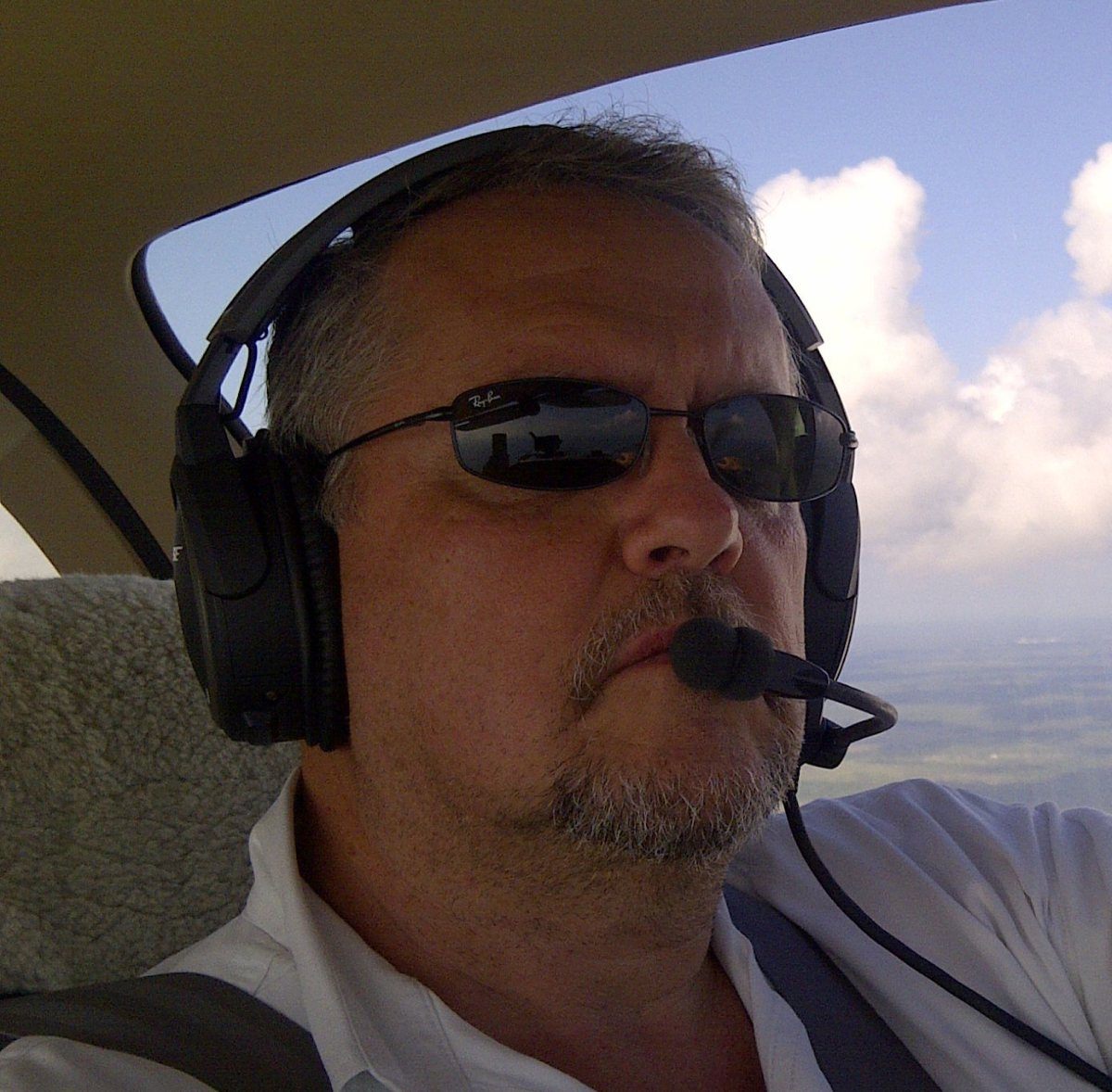
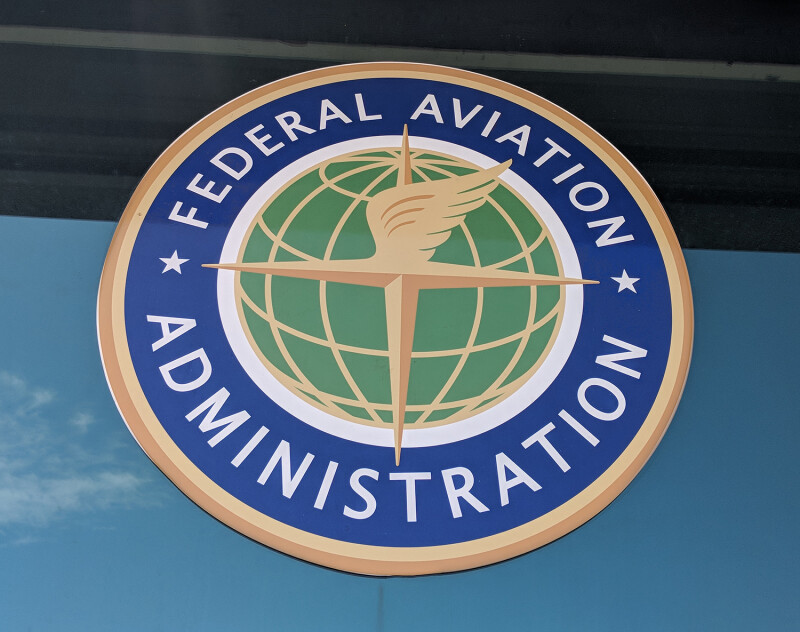

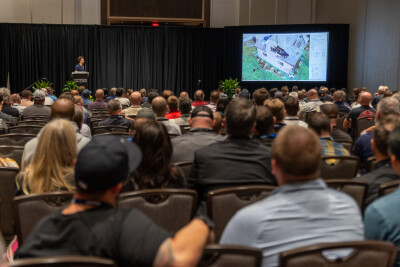







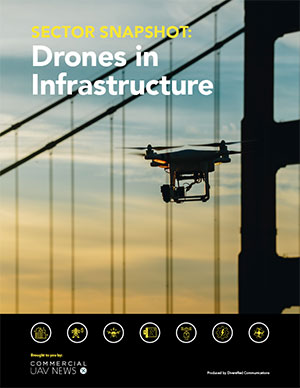
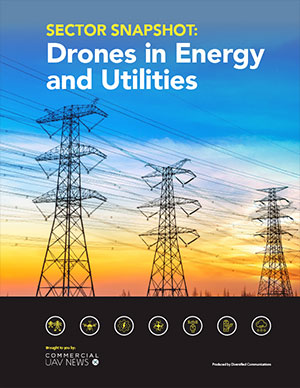
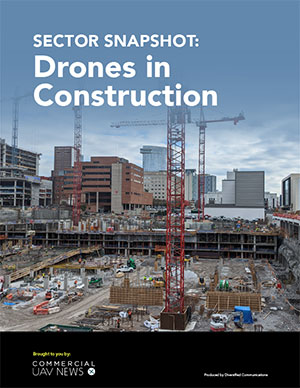
Comments